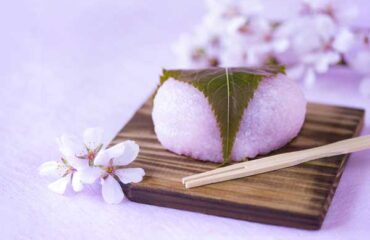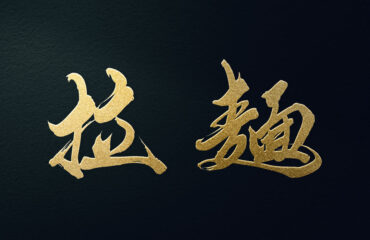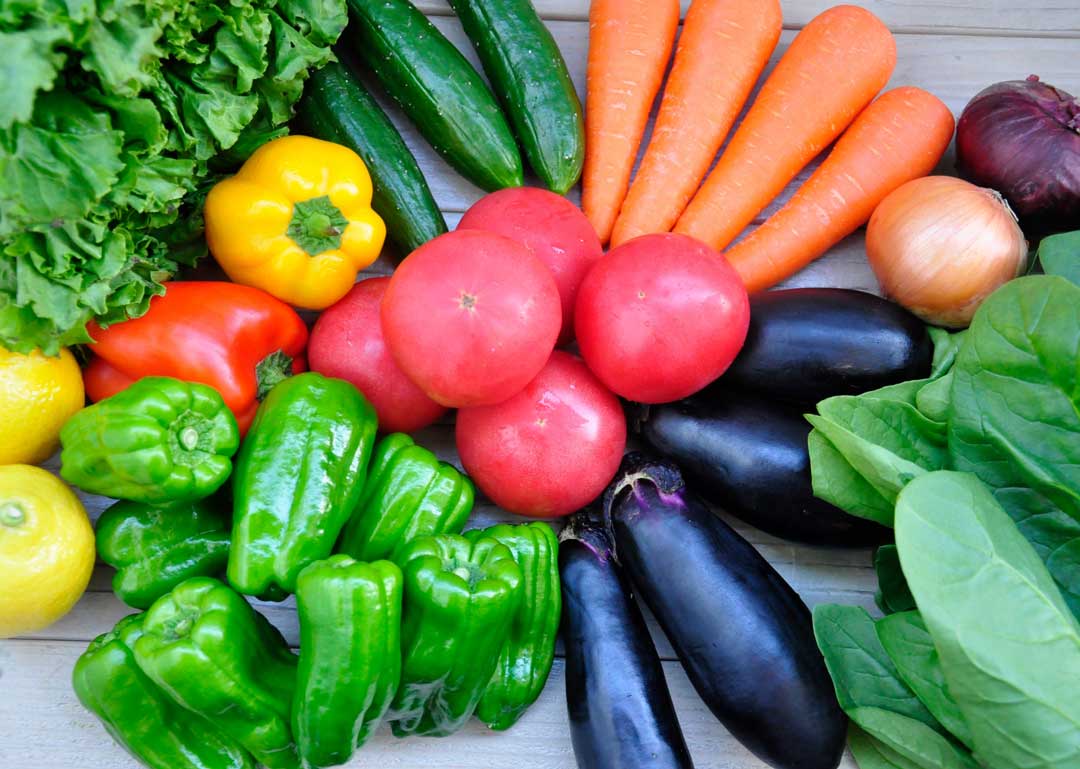
Names of Japanese Vegetables
Japan’s four seasons, along with their ever-changing landscapes, have brought forth a variety of vegetables.
The warm climate and fertile soil of this land serve as a source for producing diverse vegetables.
Vegetables nurtured in Japan’s unique environment have added color to our dining tables and have become foundational to various dishes.
This time, we focus on 25 staple vegetables indispensable to Japanese culinary culture, and we wish to share their allure with you.
Let’s delve deeper into the world of Japanese vegetables, which are familiar yet profound.
◆Cabbage – キャベツ
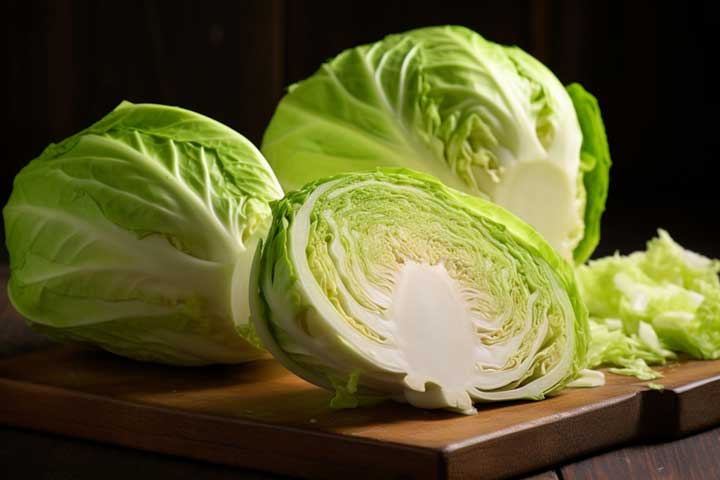
Cultivated throughout the year, cabbage is a popular vegetable that boasts seasonal characteristics suited for various culinary methods.
During winter, cabbages with sweet and firm leaves are ideal for stews, while spring offers cabbages with tender leaves perfect for raw consumption.
In summer, cabbages cultivated in cooler highland areas make their way to the market.
◆Onion – たまねぎ
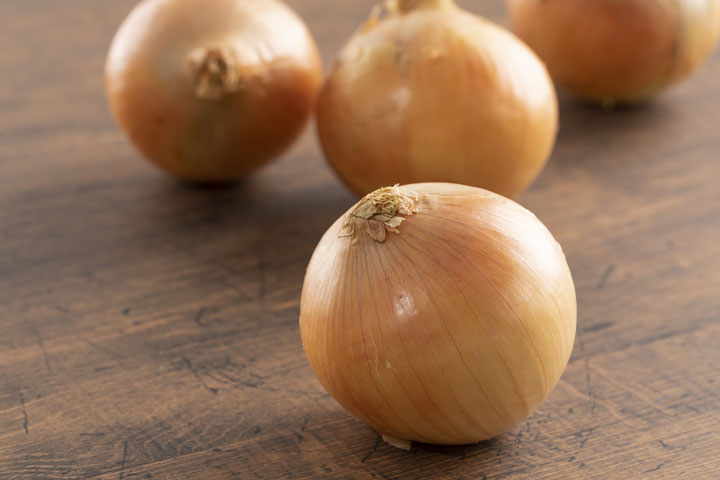
Introduced to Japan during the Meiji era, onions have since become an indispensable ingredient in home cooking.
They are available year-round in stores due to the dried storage variety.
“New onions” are fresh, juicy, and less pungent, making them suitable for raw consumption.
On the other hand, sweet varieties like the “Shonan Red” are perfect for salads and marinades.
◆Daikon (or Radish) – だいこん
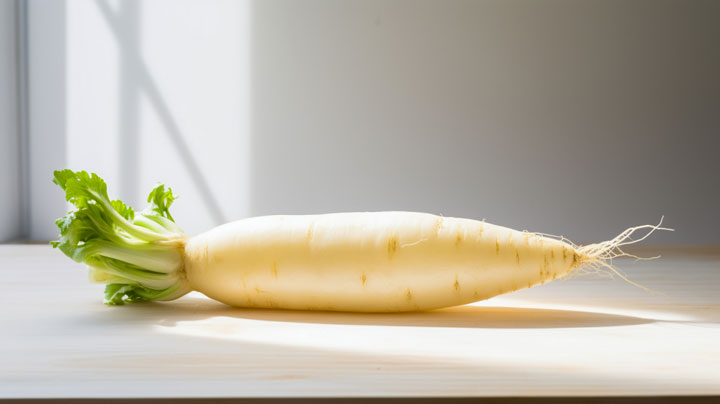
Japanese radishes can be enjoyed in various ways, from their raw state to a tender texture when cooked.
Essential in dishes like oden or miso soup, they’re also versatile as grated radish.
They’re nutritionally rich, packed with many vitamins and minerals beneficial for health.
◆Tomato – トマト
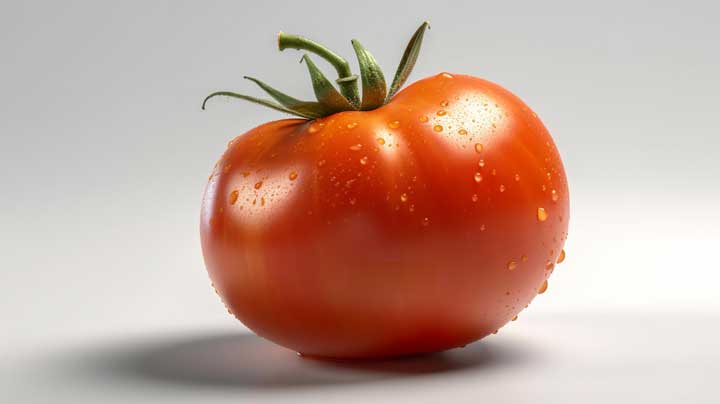
Tomatoes, with their vast array of colors and sizes, are used extensively from raw consumption to cooking.
Pink varieties like “Momotaro” are popular for raw consumption, while red varieties, rich in flavor and especially delicious when cooked, are used in products like ketchup and canned tomatoes.
◆Potato – じゃがいも
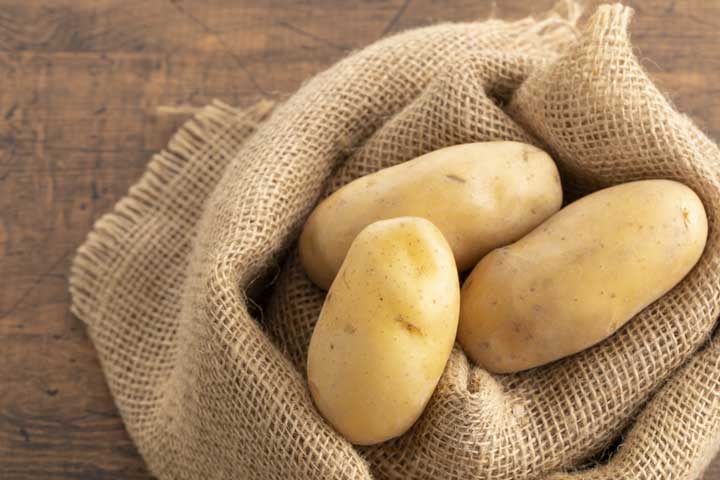
Primarily composed of starch, potatoes are cultivated worldwide as a staple food.
In Japan, prominent varieties include the fluffy “Danshaku” and “Kitaakari,” and the durable “Meek Queen,” allowing for various culinary applications based on preference.
◆Carrot – にんじん
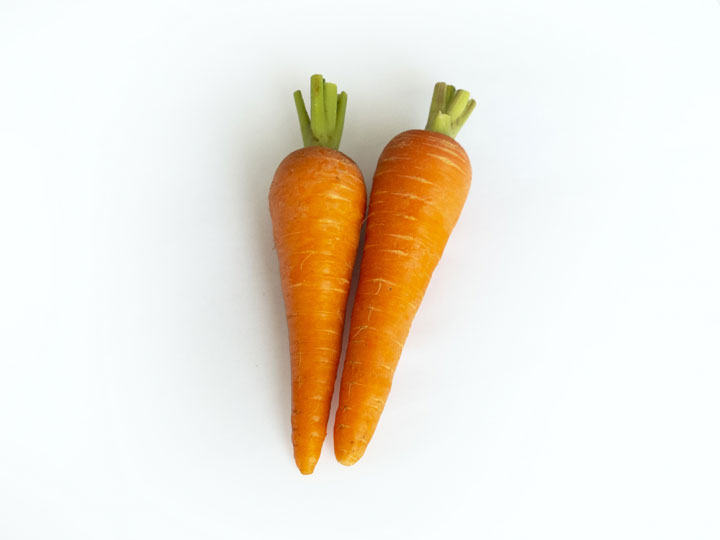
The commonly seen orange carrots in markets are of Western origin, with the slender and red “Kintoki carrot” being one of the few Oriental varieties, cherished especially in New Year dishes in Japan.
There are various other varieties, including purple, white, and mini-sized ones.
◆Chinese Cabbage (or Napa Cabbage) – はくさい
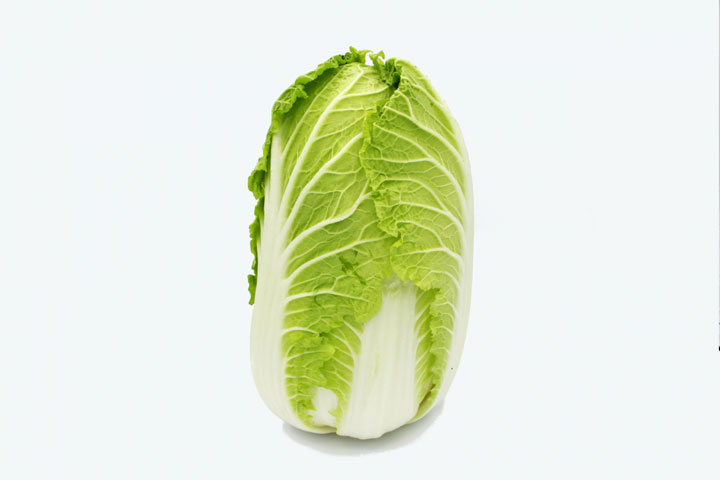
Originating from China, Chinese cabbage, also known as “Hakusai,” is a favorite in Japanese hot pots and pickled dishes.
Its cultivation in Japan began when soldiers returning from the Sino-Japanese and Russo-Japanese wars brought back its seeds.
With its light flavor, it’s also enjoyed in stir-fries, stews, and salads.
◆Cucumber – きゅうり
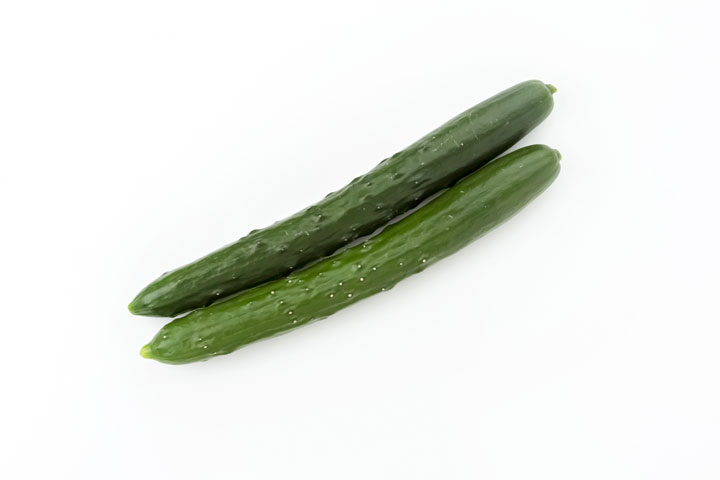
Derived from the term “黄瓜,” cucumbers turn yellow when fully matured but are often harvested while still green.
Renowned for their refreshing taste, they have a cooling effect from within when consumed.
While primarily enjoyed raw in salads, pickles, and vinegar dishes, they also offer a distinct flavor when sautéed.
◆Bean Sprouts – もやし
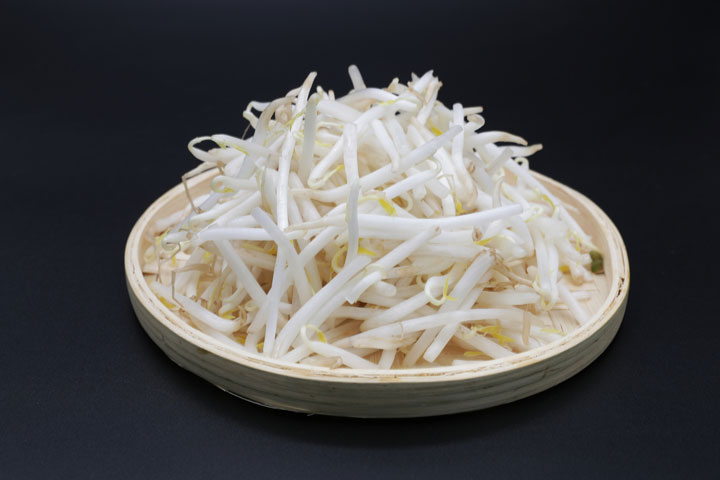
Bean sprouts are vegetables produced by germinating beans and grains.
Among them, the ones made from a variety of azuki beans, known as “black mung beans,” are the most commonly found in the market.
Additionally, sprouts made from green beans are also popular, distinguished by their thickness and unique crunch.
◆Lettuce – レタス
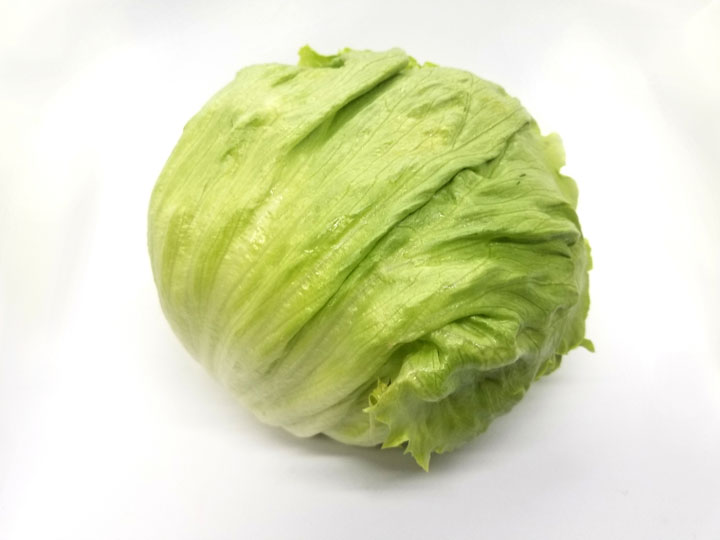
Among the most common lettuces are the ball-shaped types and those resembling salad greens.
Varieties like the “Sunny Lettuce” represent leaf lettuces, while upright varieties include “Romaine Lettuce.”
There’s also the stem lettuce, which is consumed for its stalk.
Recently, there’s been an increase in lettuces cultivated in plant factories.
◆Green Onion (or Scallion) – ねぎ
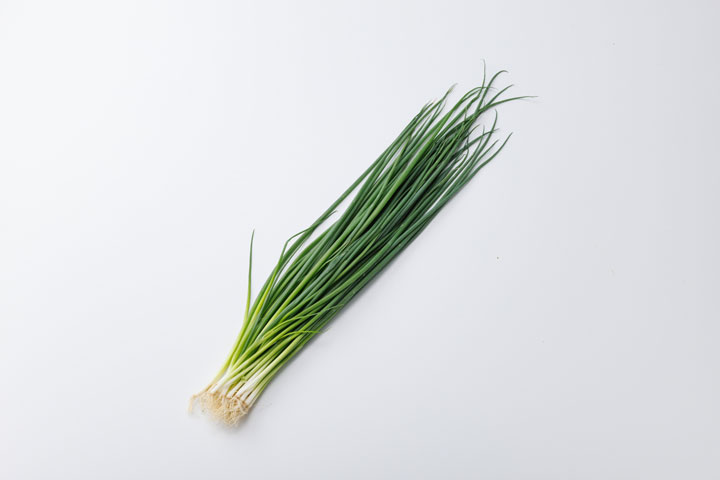
An indispensable ingredient in Japanese kitchens, green onions come in varieties like long onions and white onions.
Essential for hot pots and as garnish for noodle dishes, they are especially popular in winter stews. Throughout the year, they play a crucial role in supporting many dishes.
◆Broccoli – ブロッコリー
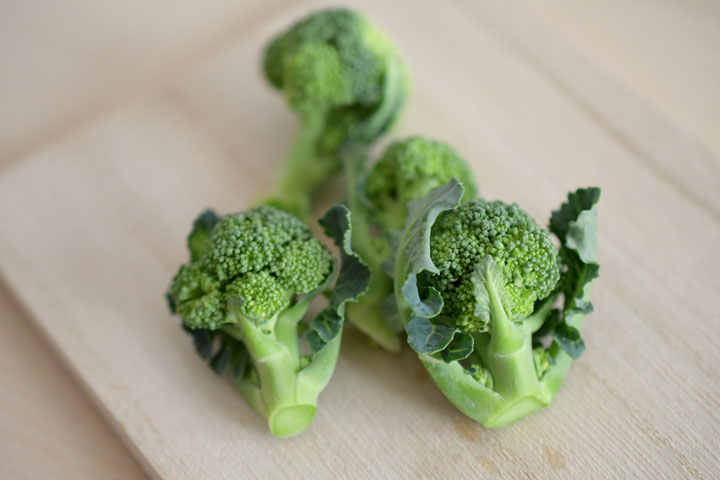
Originating as a development from kale along the Mediterranean coast, broccoli was refined in Italy before spreading across Europe.
Packed with β-carotene and Vitamin C, its nutritional content is touted to be four times that of cabbage.
To retain its vitamins, it’s best sautéed or heated in a microwave rather than boiled.
◆Eggplant (or Aubergine in British English) – なす
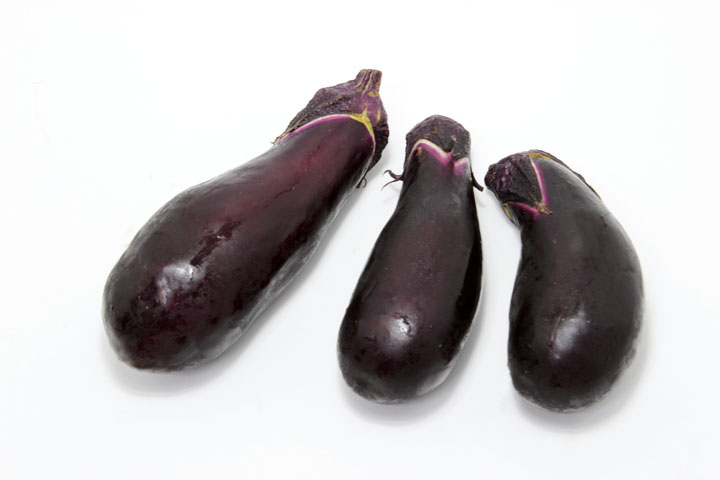
A versatile vegetable, eggplants can be stewed, grilled, fried, or pickled.
While the dominant variety today is the elongated eggplant, many indigenous varieties still exist, rooted in the unique climates and terrains of different regions.
From egg-sized round types to slender, long ones, various forms of eggplants serve as key ingredients in regional cuisines.
◆Pumpkin (or Kabocha Squash) – かぼちゃ
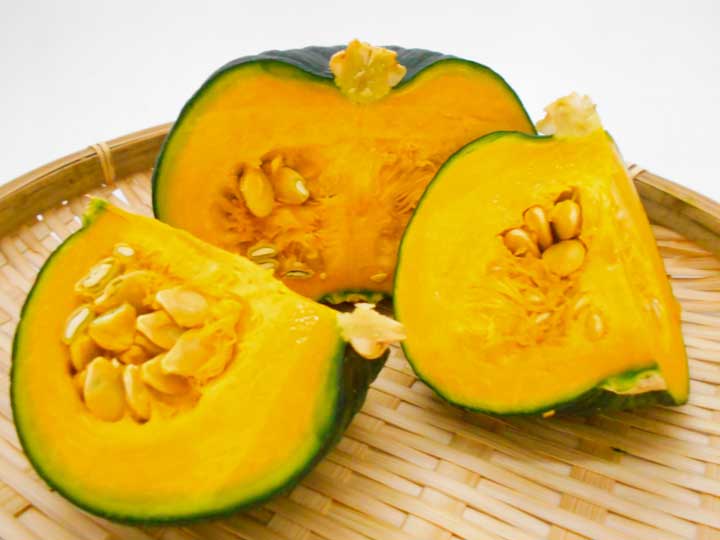
Japanese pumpkins, known for their sweetness, can be enjoyed with their skin when cooked.
Loved in various dishes like simmered in sugar and soy sauce or tempura, they also boast a high nutritional value, rich in beta-carotene, vitamins, and minerals.
◆Green Pepper (or Bell Pepper) – ピーマン
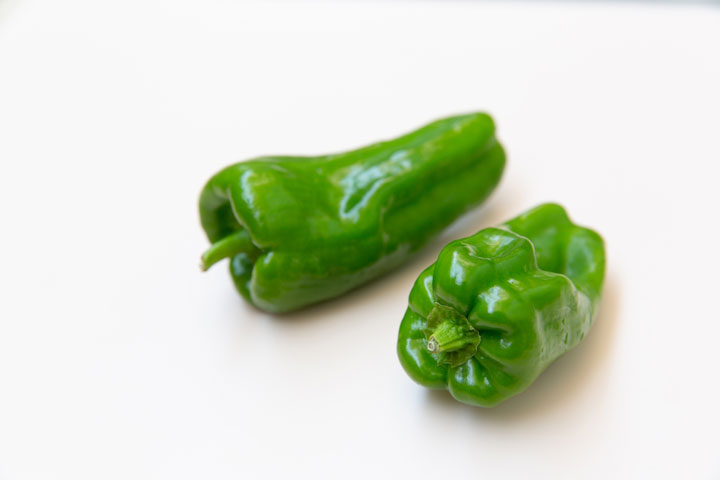
A relative of the chili pepper, bell peppers, often elliptical, are sweet in taste.
The green variety is harvested while immature, while letting them ripen on the tree produces the red bell pepper, which has intensified sweetness and double the content of Vitamin C and carotene.
Introduced to Japan in the early Meiji era, their popularity grew post-war alongside Western culinary influences.
◆Spinach – ほうれんそう
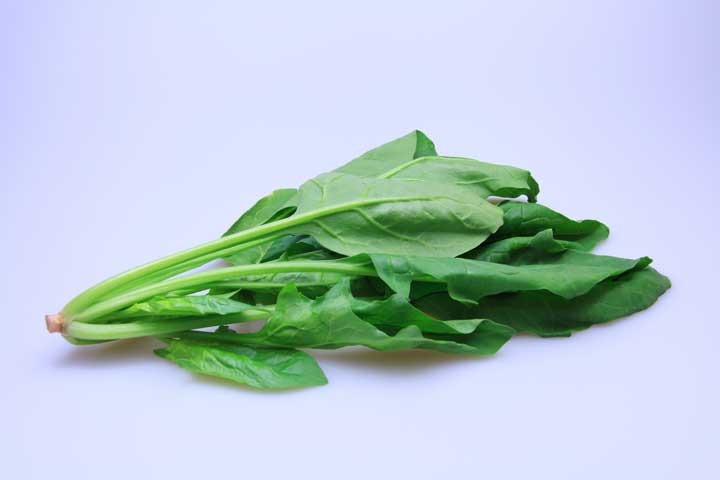
A quintessential green-yellow vegetable, spinach is rich in vitamins and minerals.
The traditional variety in Japan was thinner and had less bitterness, making it ideal for dishes like “ohitashi.”
The Western variety has round, thicker leaves suitable for sautéing.
Today, a hybrid of these two dominates the market.
◆Enoki Mushrooms – えのきたけ
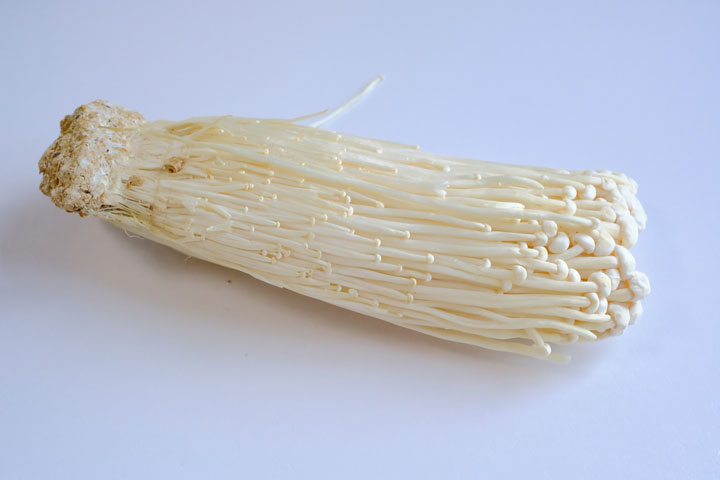
These mushrooms are rich in a component called GABA, known for its relaxing effects.
They’ve garnered attention for their ability to calm the mind and support liver and kidney health.
When cooking, it’s essential to avoid excessive heat to preserve their flavor and texture.
Their versatile taste pairs well with various ingredients, and adding them to dishes can boost dietary fiber and B vitamins.
◆Shimeji Mushrooms – しめじ
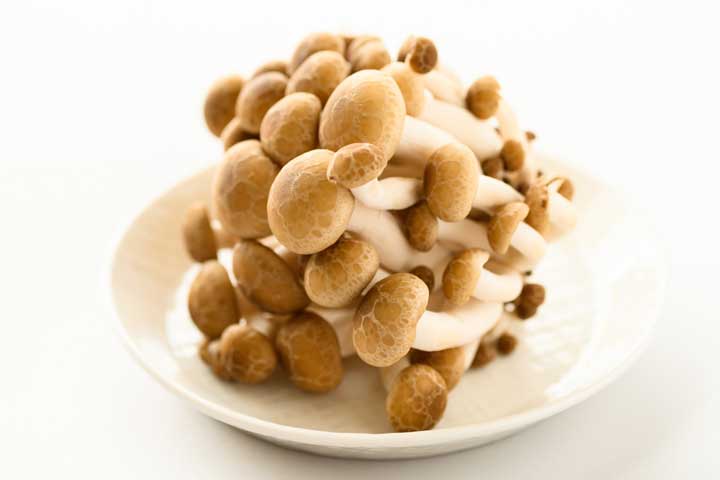
Shimeji mushrooms primarily grow in forests, especially around oak and red pine trees, during the fall season.
The varieties commonly available in markets include Bunashimeji and Hiratake, each with its unique characteristics.
These mushrooms are versatile in cooking, used in everything from stews and mixed rice dishes to soups and tempura.
Notably, they are rich in amino acids and dietary fiber, making them a healthy choice.
◆Sweet Potato – さつまいも
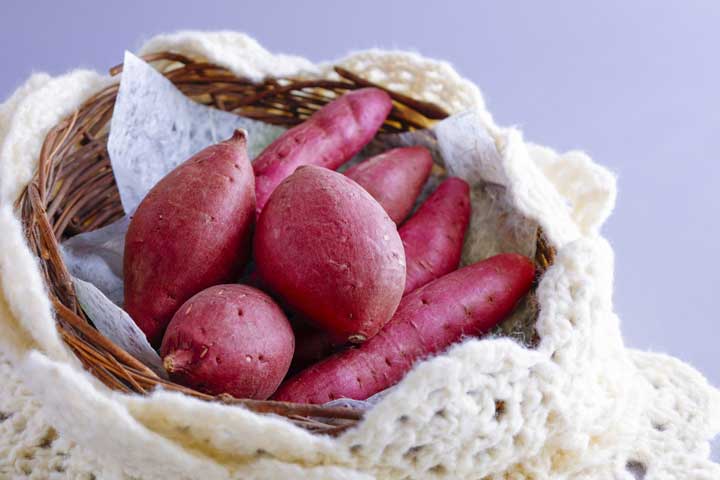
Sweet potatoes are widely loved for their combination of sweetness and health benefits. From candied fries to desserts, stews, stir-fries, and bread, they offer versatile culinary delights.
They’re low in calories and rich in vitamins and minerals.
◆Snow peas – さやまめ

Snow peas are young pea pods harvested and eaten whole.
There are various types, including Kinusaya and Oranda Sayaindou, each differing in size and shape.
To prepare, simply remove the stalk and briefly boil in salted water, preserving their vibrant green color.
◆Burdock Root – ごぼう
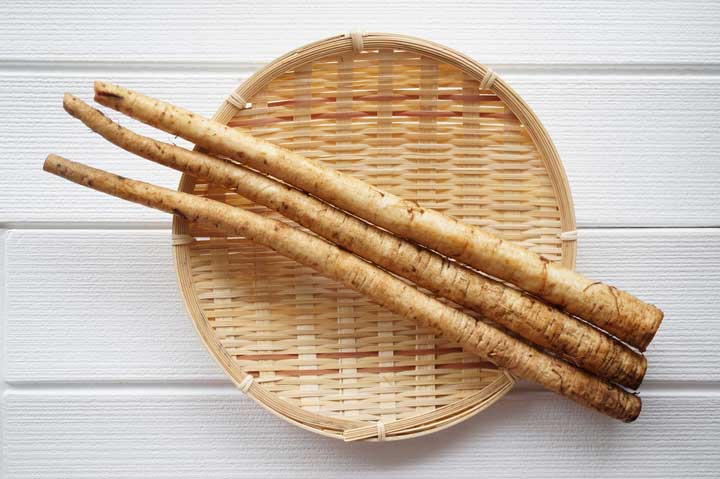
With its unique crunchy texture and flavor, burdock is frequently used in dishes like kinpira, miso soup, and salads.
It’s notable for its health and beauty effects, particularly rich in dietary fiber, oligosaccharides, and polyphenols.
◆Fresh Shiitake Mushrooms – 生しいたけ
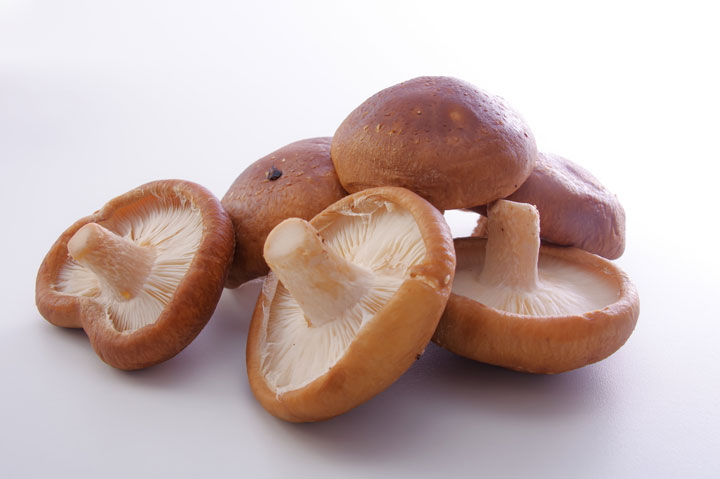
Shiitake mushrooms are primarily cultivated in two main methods: natural log cultivation and sawdust cultivation.
Shiitake harvested in spring have firm flesh, while those in autumn boast a rich aroma.
When cooked, the guanylic acid content increases, enhancing the umami and aroma.
◆Taro – さといも
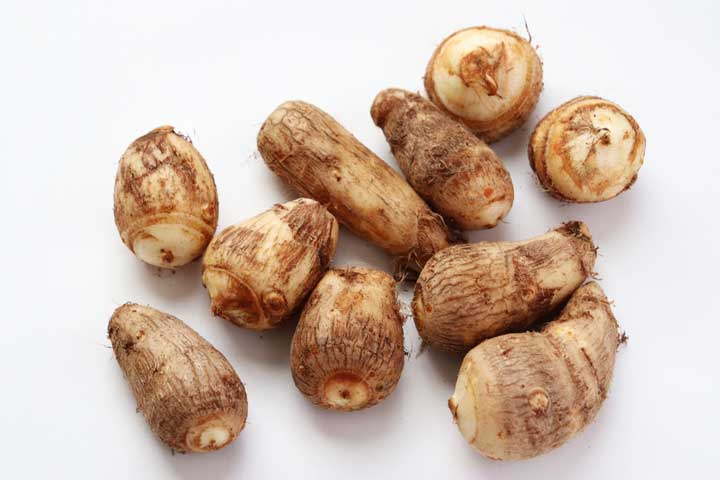
Satoimo, or taro, has been a part of Japanese cuisine since the Jomon period.
The main bulb produces smaller “child” and “grandchild” bulbs around it.
Depending on the variety, different parts of the plant are consumed, and they are featured in many traditional regional dishes.
◆Lotus Root – れんこん
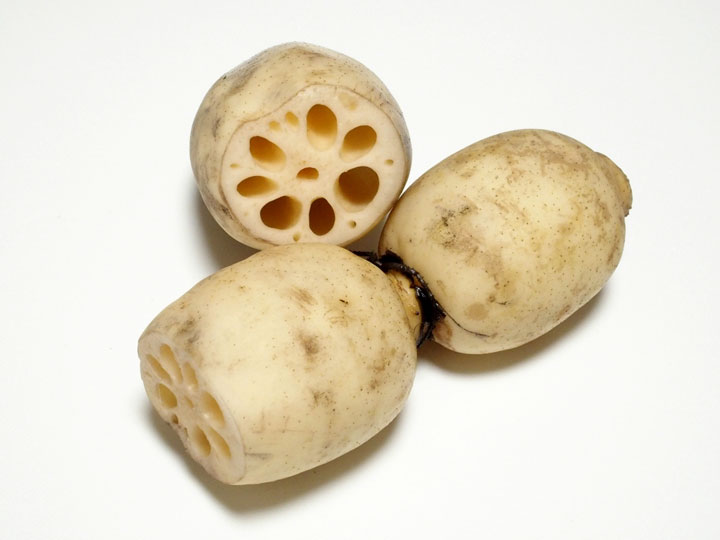
The lotus root, recognized by its distinctive hole-filled shape and crunchy texture, is commonly used in dishes like kinpira and tempura.
It pairs wonderfully with vinegar and is also nutritionally rich in dietary fiber and vitamin C.
◆Bamboo Shoot – たけのこ
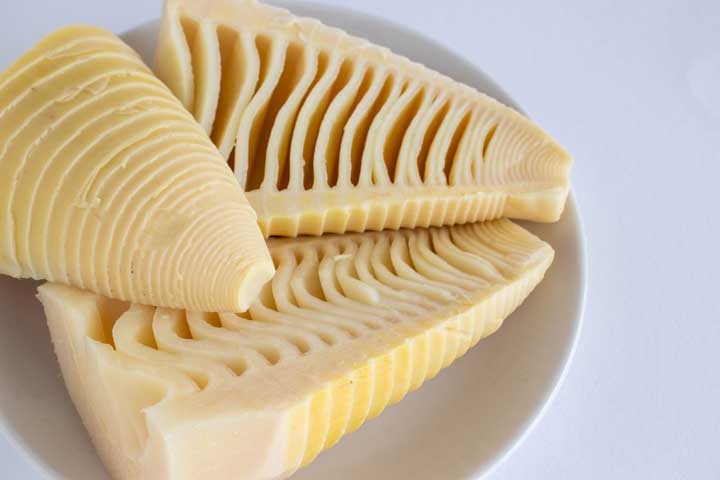
A herald of spring, bamboo shoots are utilized in a variety of dishes like bamboo rice or stews.
Rich in dietary fiber, they are also believed to offer various health benefits.
Summary
Japan’s diverse seasons have given birth to vegetables each with their unique flavors and nutritional benefits.
The 25 vegetables introduced in this blog epitomize the essence of Japanese culinary culture.
The history, background, and distinct taste of each vegetable enrich our dining experiences.
Incorporating these vegetables into daily cooking allows one to savor the rich landscape and traditions of Japan.
The world of Japanese vegetables has so much more to offer, and we hope this serves as a starting point for your continued exploration and appreciation.
Recommended Related Articles
Top 20 Popular Izakaya Menu Items
Oden: Tradition and Coziness in Japanese Cuisine


